The added bonus of making our way up to Kanazawa, while otherwise quite out of the way, was the fact that we were now at the base of the Noto peninsula, a region of Japan especially popular for its scenery, historic thatched-roof housing, and some of the country’s best lacquerware production ( among other traditional crafts). The plan from here was to explore Noto, leave the west coast to divert inland through the Japan Alps, and then make a beeline up the northwest coast of Honshu for the ferry crossing to Hokkaido. Most of this worked out well, some – not quite so well ! Read on….
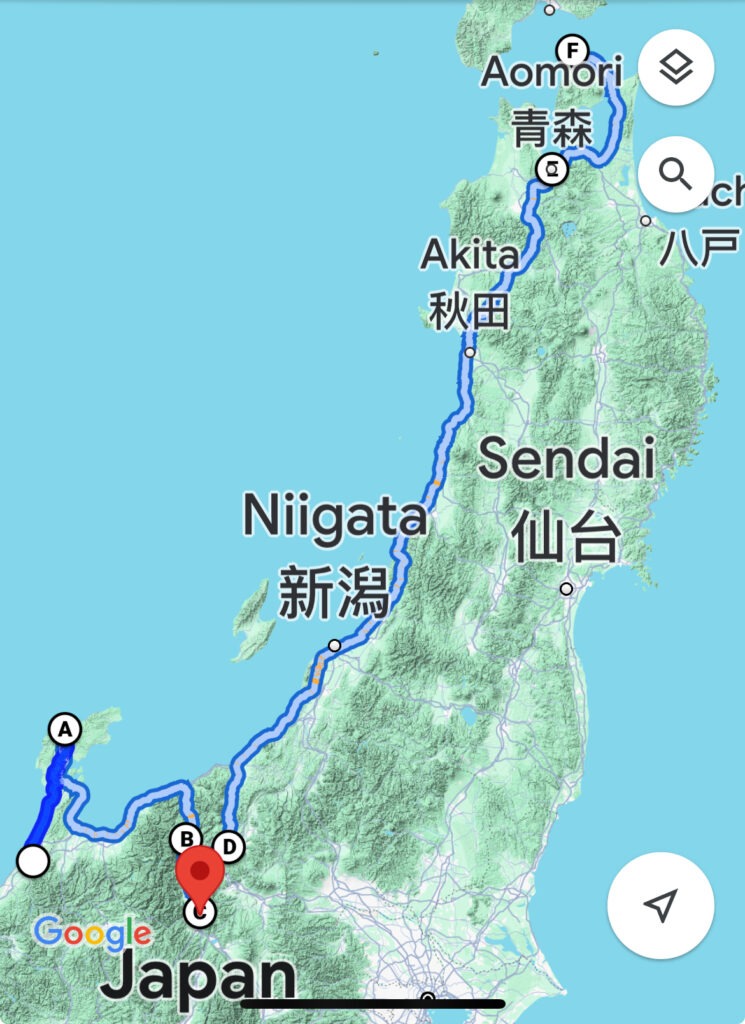
Not far up the western side of Noto ( shown as “A” on the map above ) we started to notice some strange things on the landscape. The roads were quite severely buckled in places, and the further north we went the more buckled they became. In other places, the electrical poles were not standing vertical and then in many areas there was damage to the roofs of houses which had been temporarily repaired with blue tarpaulins. Suddenly, not the kind of precisely manicured homes and landscapes we had become accustomed to in Japan. Then, it dawned on us, there must have been an earthquake in this area. In fact, a quick Google search revealed there was a very severe earthquake back on January 1st, killing almost 300 people- we had, quite by chance, just stumbled onto this, and there was still a significant amount of un-repaired damage. Once we realized it, we felt quite guilty that we were even in the area. After a brief visit to the city of Wajima, and learning that roads further north were in any event cut, we simply headed back down the peninsula and made our way towards the Japan Alps, where we were looking forward to exploring Nagano, Hakuba, and the castle city of Matsumoto.
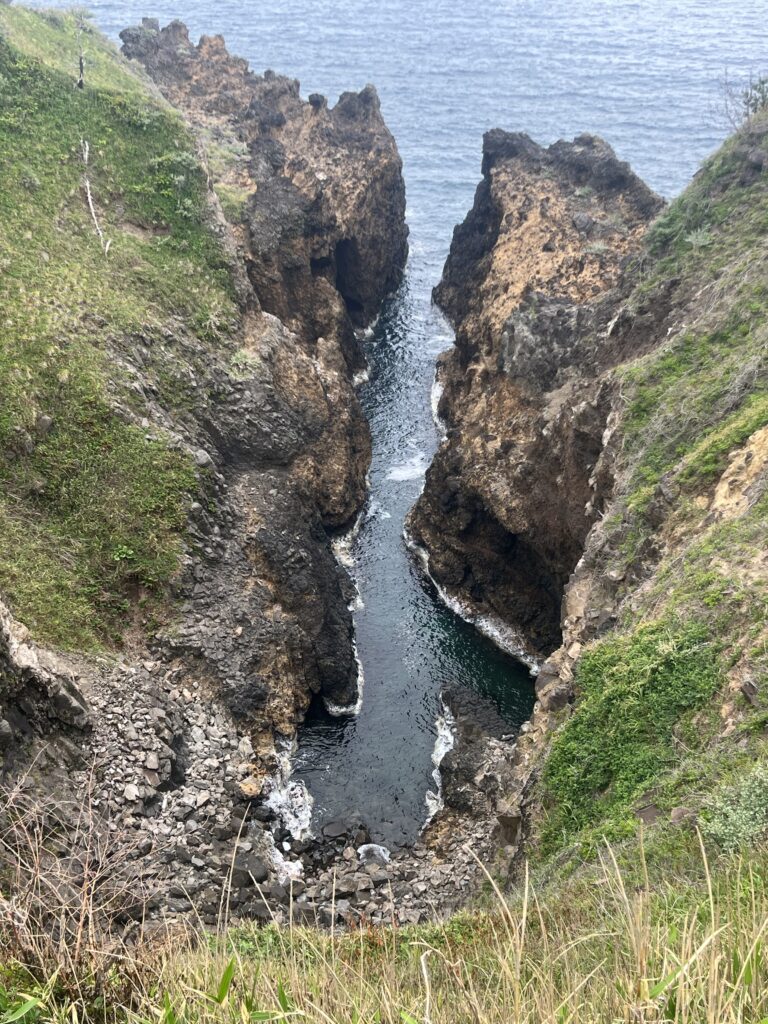
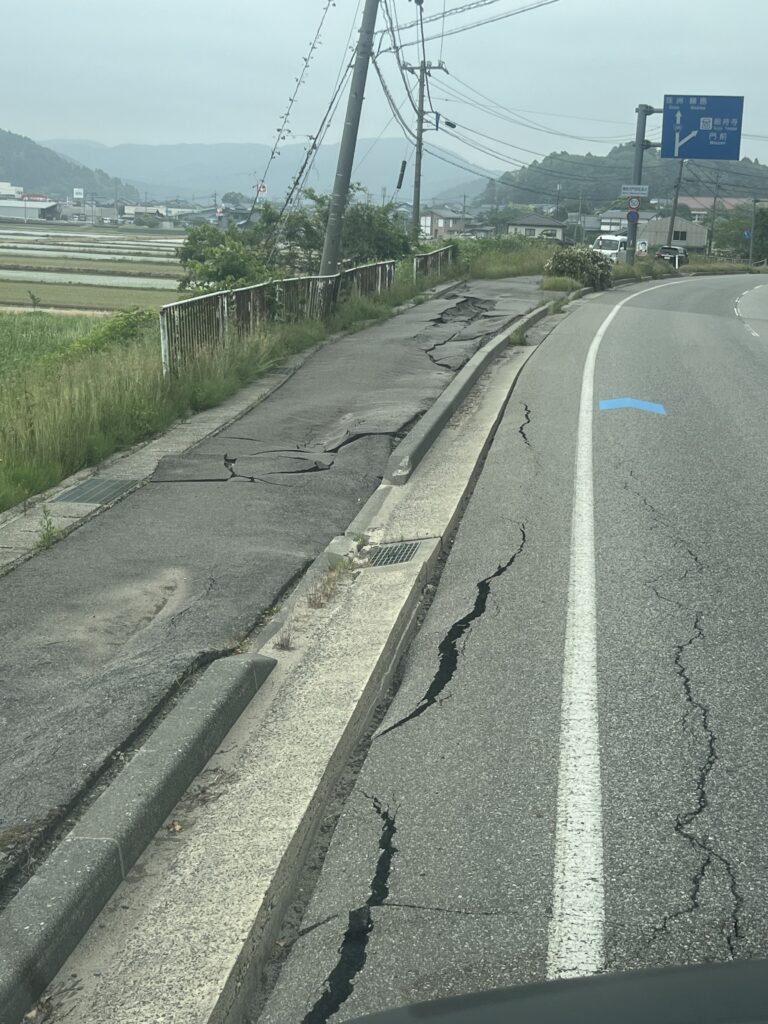
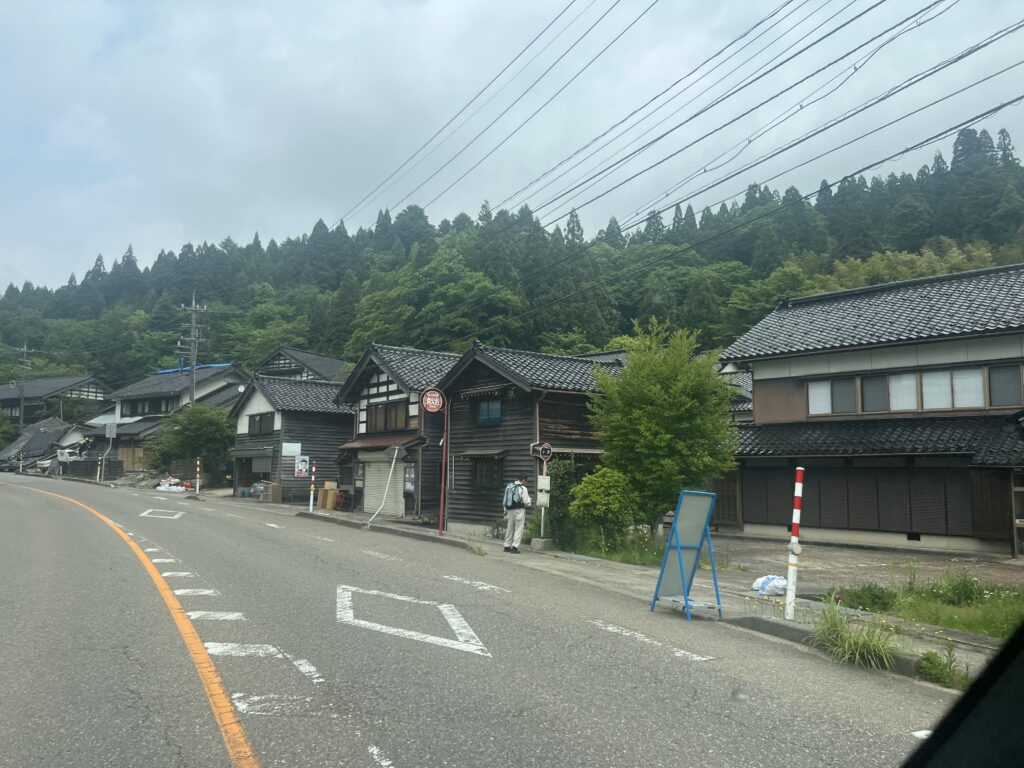
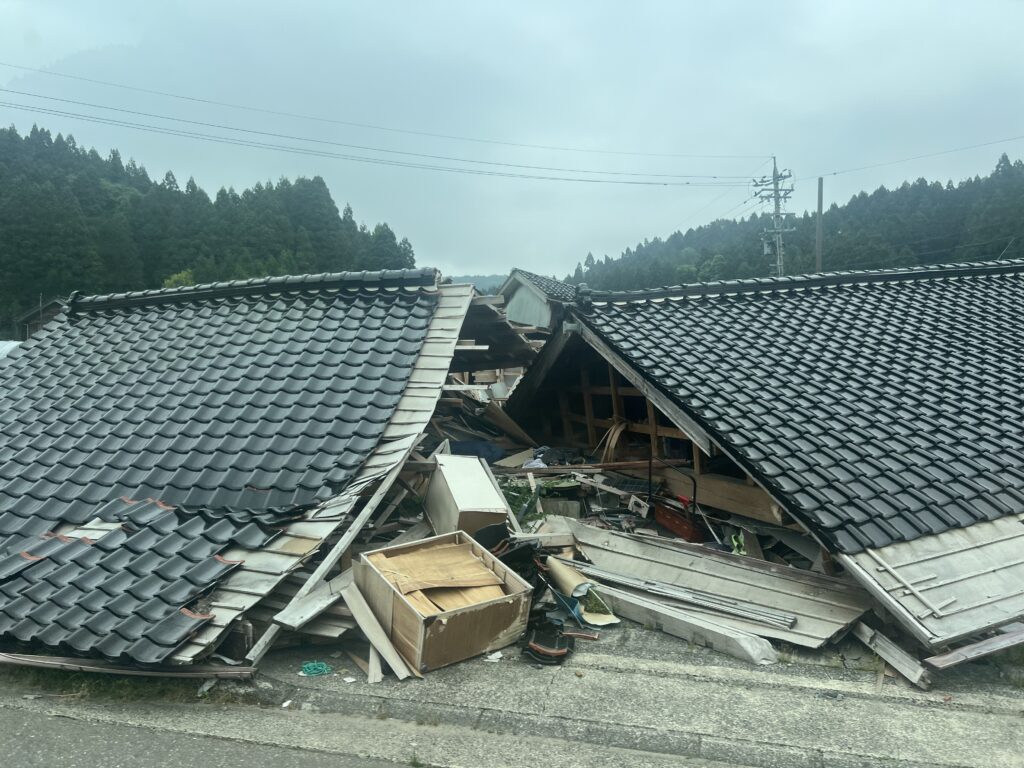
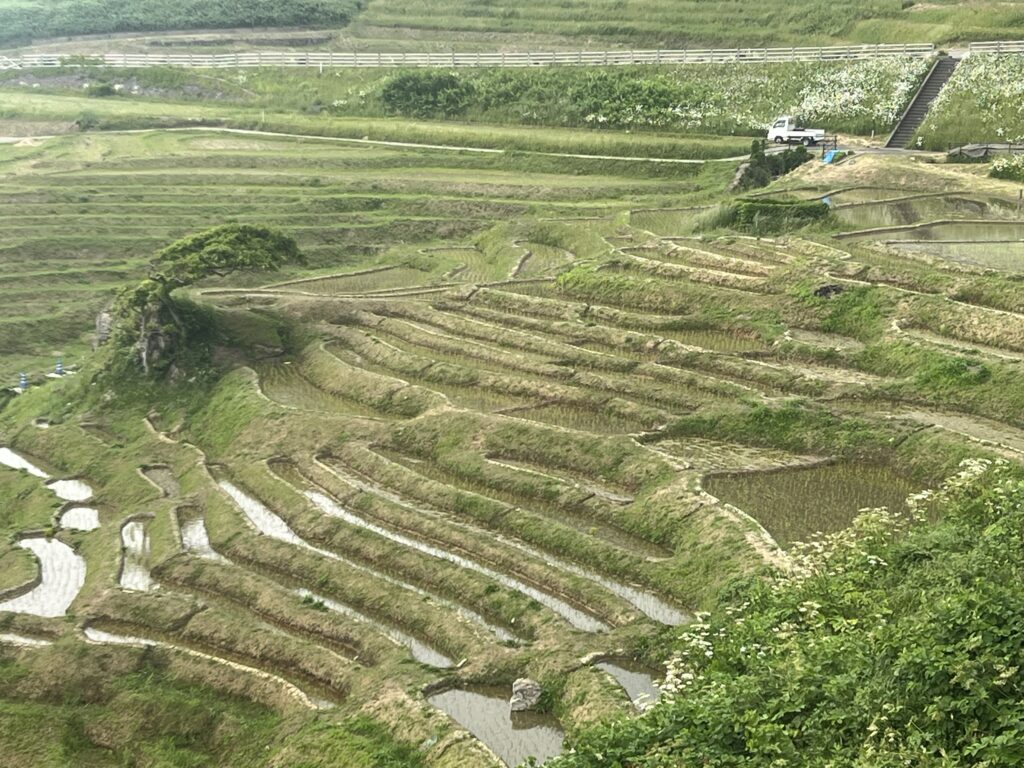
While it’s not ski season here, the Japan Alps is a beautiful region any time of year, and we did want to scope out the area with a view to one day returning for a ski trip. Hakuba was definitely the pick for us – compared to Nagano, just a little smaller, a much more local feel, and we just happened to have better visibility of the high peaks while we were there. A very slight detour between the two cities leads one to the famous castle town of Matsumoto, a worthwhile detour since this castle is black in contrast to most of the Japanese castles, which are white. While in the region, we took the opportunity to challenge the Shibu – Toge Pass, which at 2127m is the highest in the Japan Alps ( in fact, the highest point you can drive in the whole country ). We had heard the views were worth the merciless grind to the top – indeed, it was a bit of a grind getting the big van up there but once up the views made it all worthwhile . Caught up with a bunch of Japanese motorcyclists who had just done the trip on their exotic European bikes – they were soaking in the view when we arrived. It would definitely have been more fun ( and much easier ! ) to do it on a big Moto Guzzi, or Ducati, than a Sprinter van !
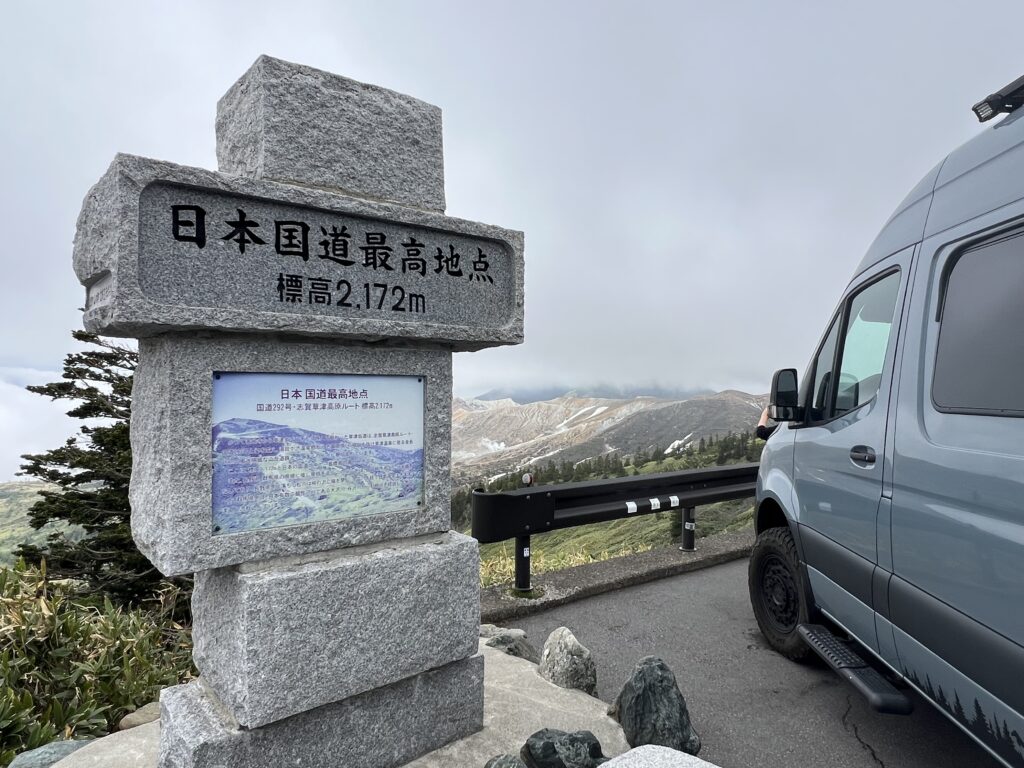
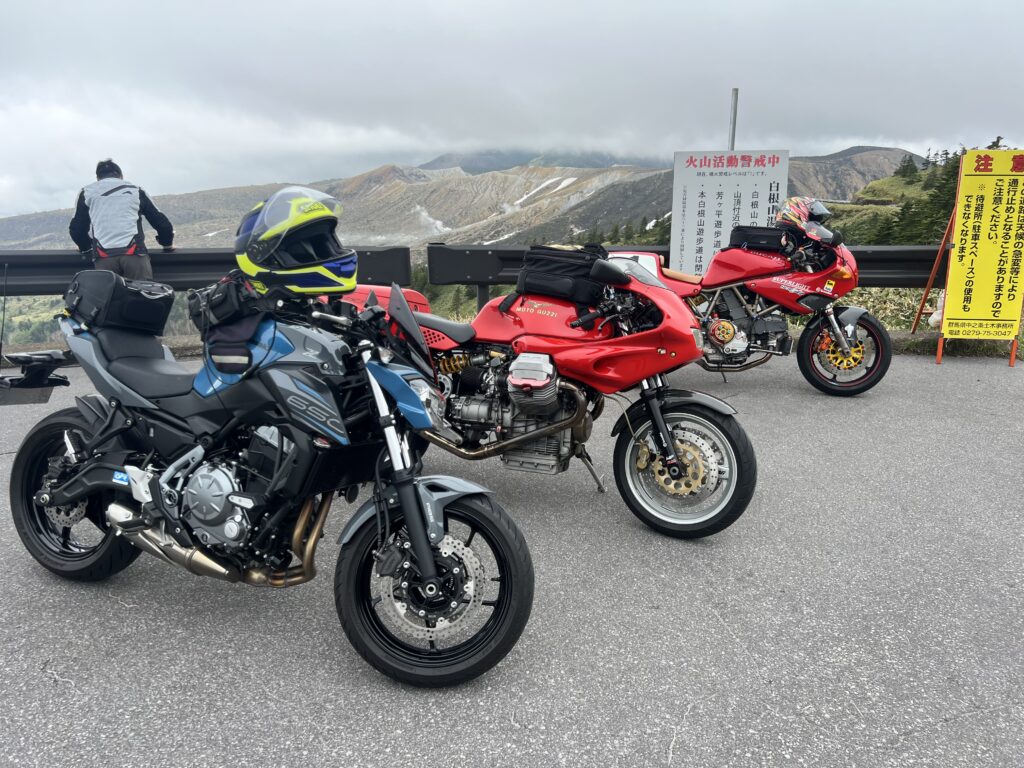
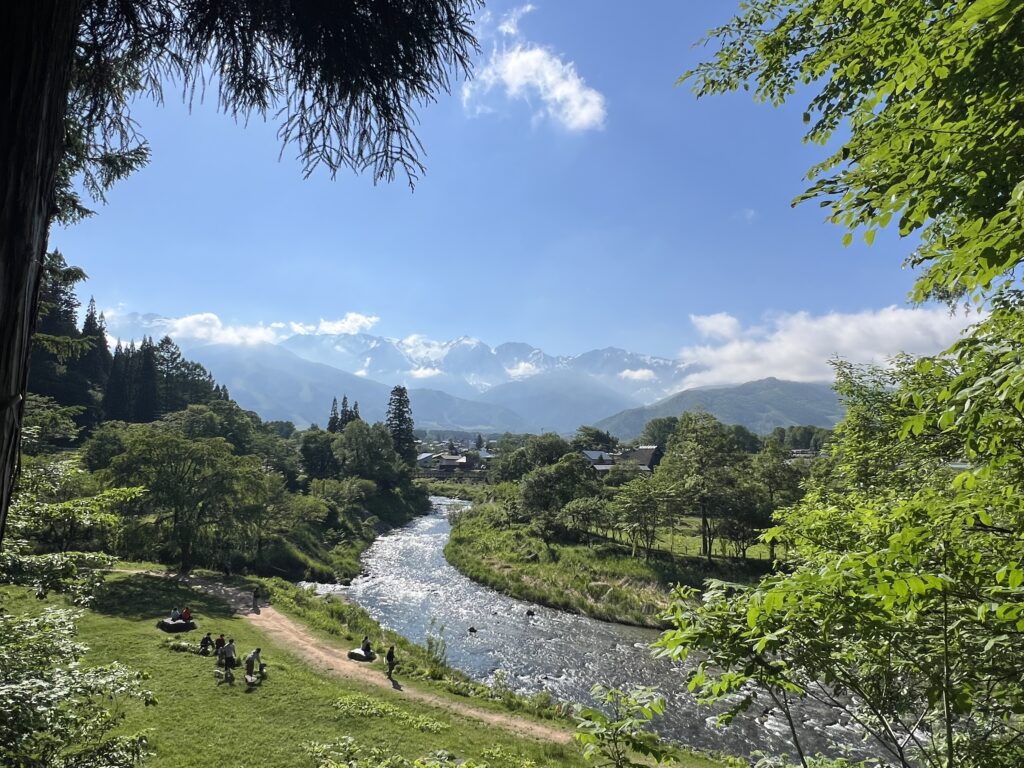
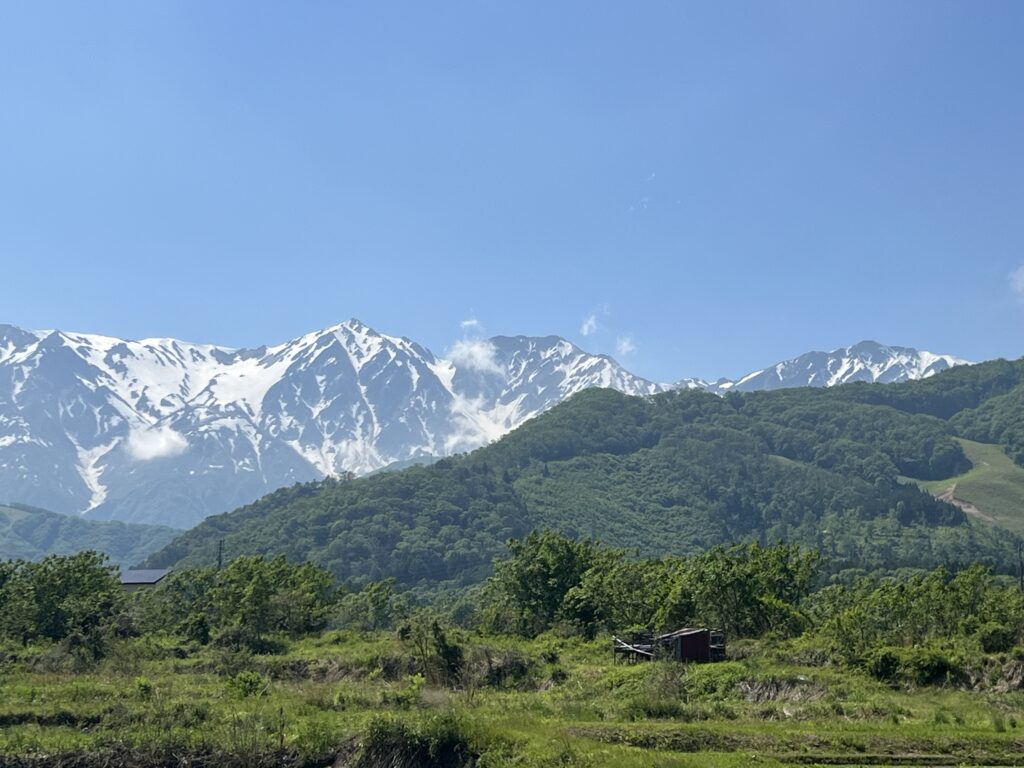
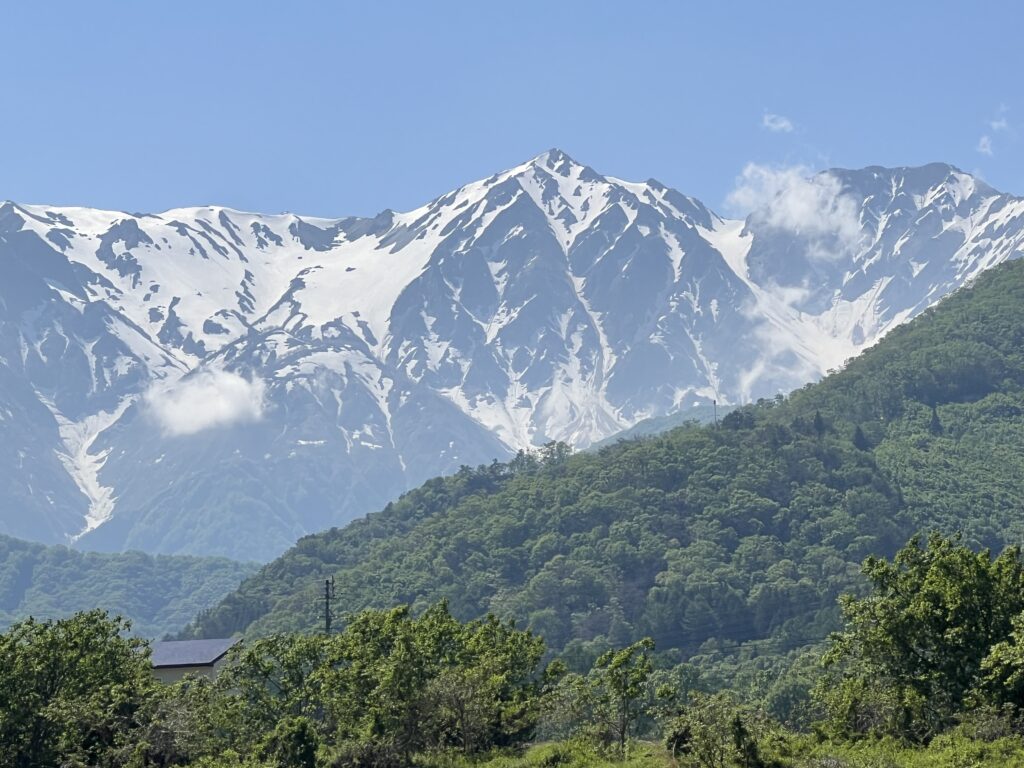
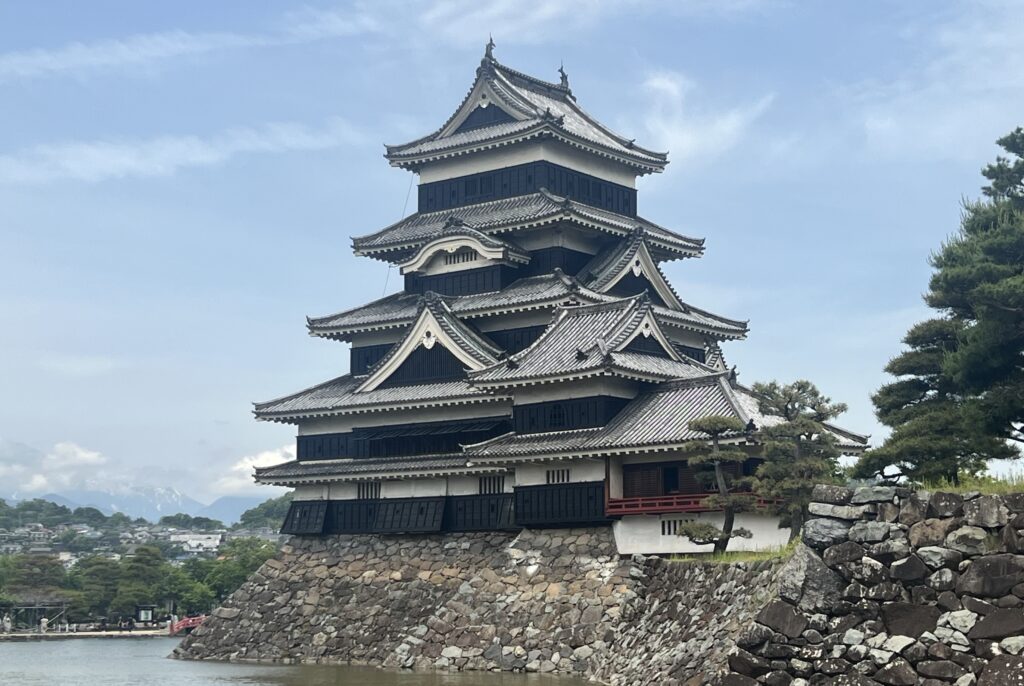
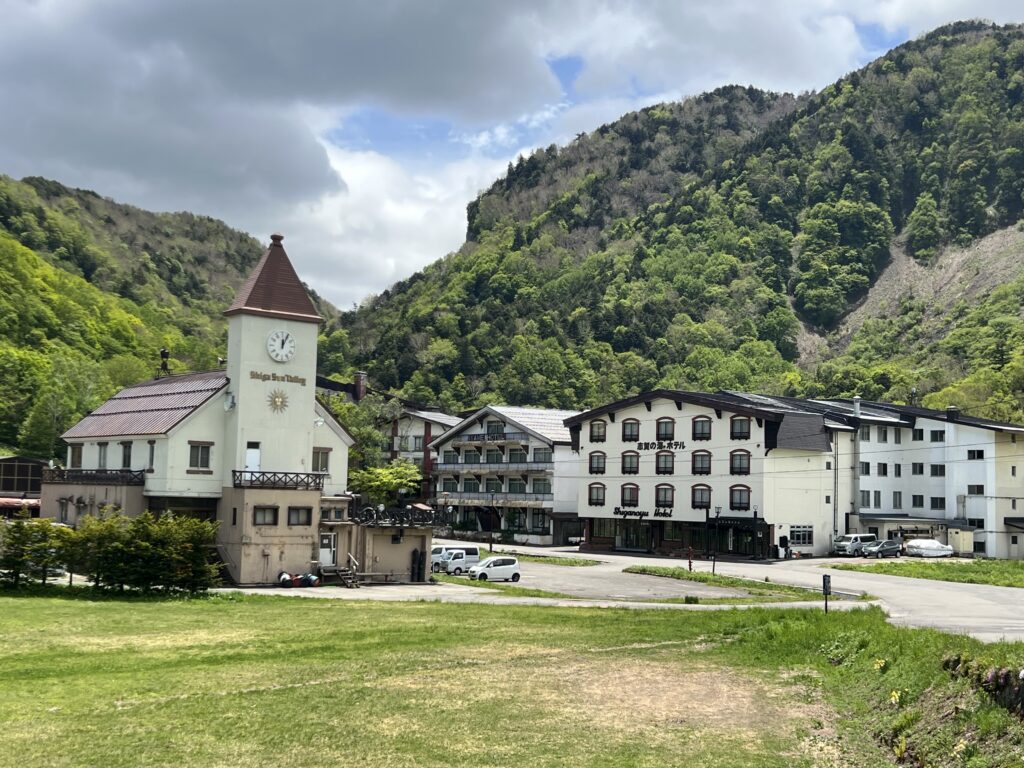
Once through the alps, and after a few short hikes, it was pretty much just a few days of solid driving, mostly along the coast, up through the city of Niigata and Akita ( from where the eponymous dog breed originated ), before reaching Aomori at the very top of Honshu. The shortest ferry to Hokkaido actually left from Oma, further north again, so we made the trek up there. It had been very windy and we figured the shorter the sea crossing the more comfortable it might be. Interesting to observe a very, very distinct change in housing style and urban landscapes as we reached northern Honshu ( a trend that would be even more evident once we got to Hokkaido ); streets became wider, sidewalks began to appear where previously there were none, farms grew larger, and the houses began to look far less traditionally Japanese; in fact, we both commented that, were we not actually in Japan, one could be excused for thinking you were now in another country ( yes, it changed that much ).
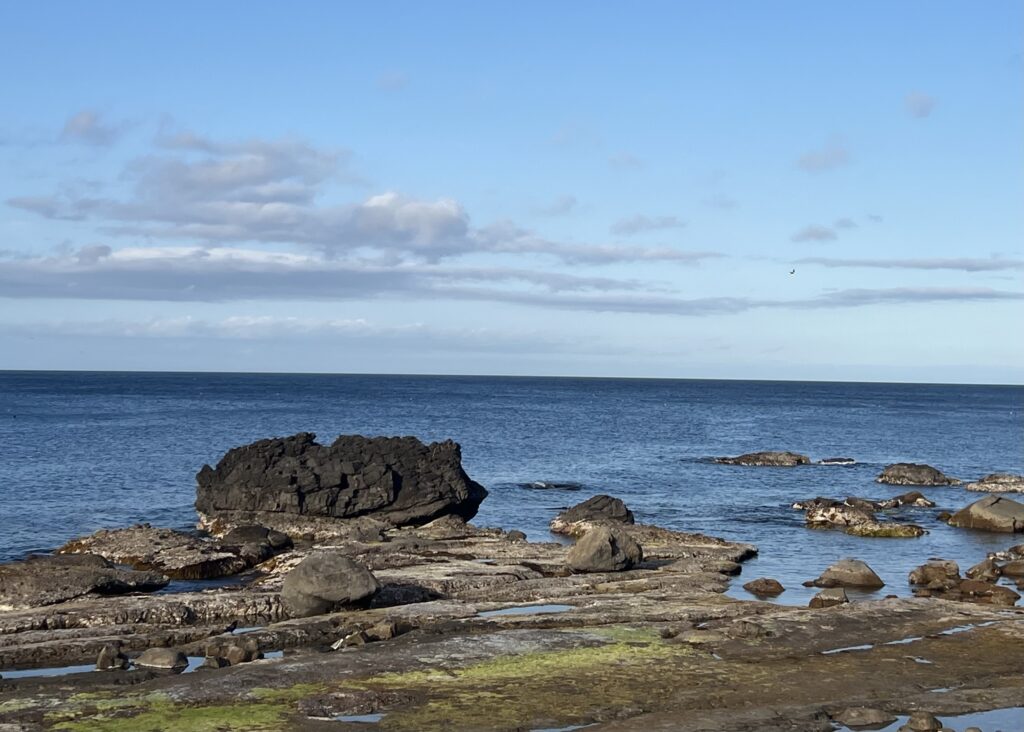
We’d heard great things about Hokkaido and the changing landscape in Northern Honshu only intrigued us as to what more was to come once we got off the ferry in Hakodate. More on our arrival in Hokkaido in the following blog.
Till next week….
PS: Oh, and a short video clip of the week. Enjoy…!

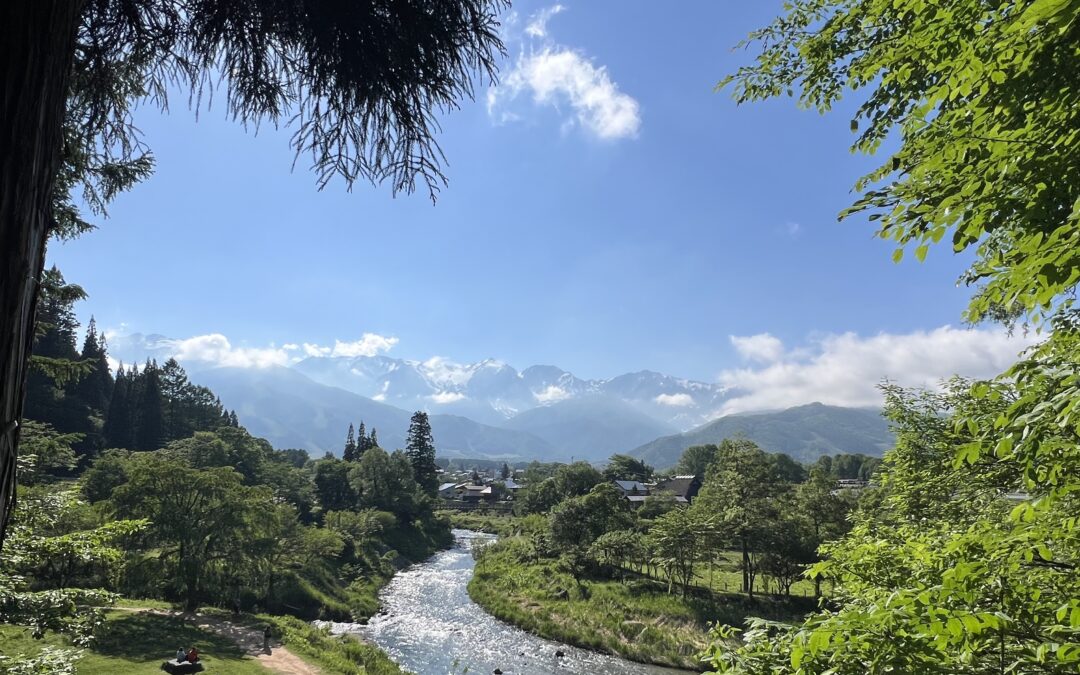
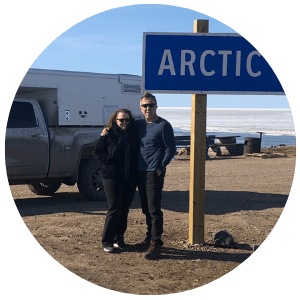
Amazing that those castles are still standing in an area prone to such damaging earthquakes
Hi Chris,
Unfortunately some have been damaged /destroyed – not just earthquakes, but fires and Civil War destruction caused at the time of the transition from the Shogun to Emperor Meiji. The few really nice ones that I have pointed out have either not been impacted or been impacted minimally. They are all certainly very beautiful to look at and walk-through, and just to imagine what life was like back in the time when they were actively used !
Amazing scenery. What a shock it must have been to see the earthquake damage. Love watching your video clips! Look forward to next week’s post.
Hi Kim,
Yes, it was a shock for sure. We really felt for the folks there and in several places it was worse than in the pics I showed. Glad you are enjoying the clips – teaching myself how to do them ( I have MUCH to learn )!!!! Lol
Lovely start to my Sunday morning living vicariously through you and Lois. Looking forward to what next week brings. Thanks again for sharing !
Hello Scott/Kim,
Glad you are following along. Scott, your BMW bike would love some of these roads !